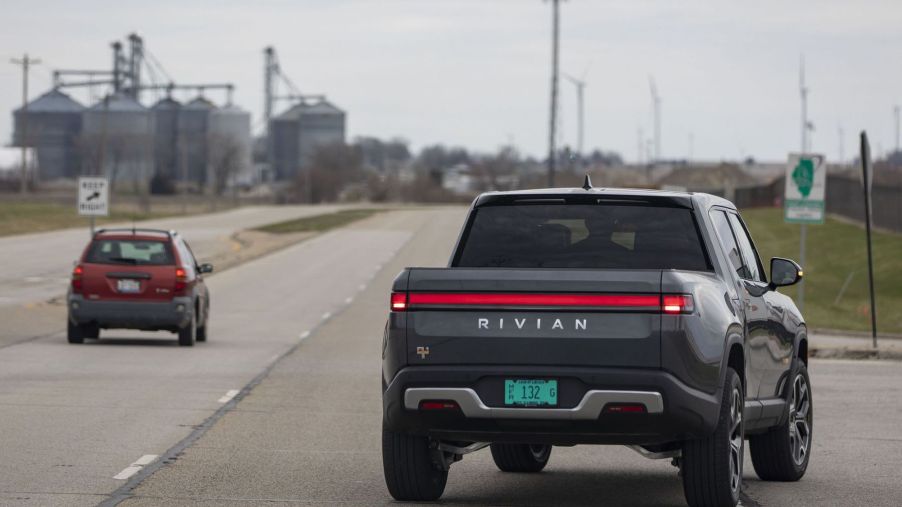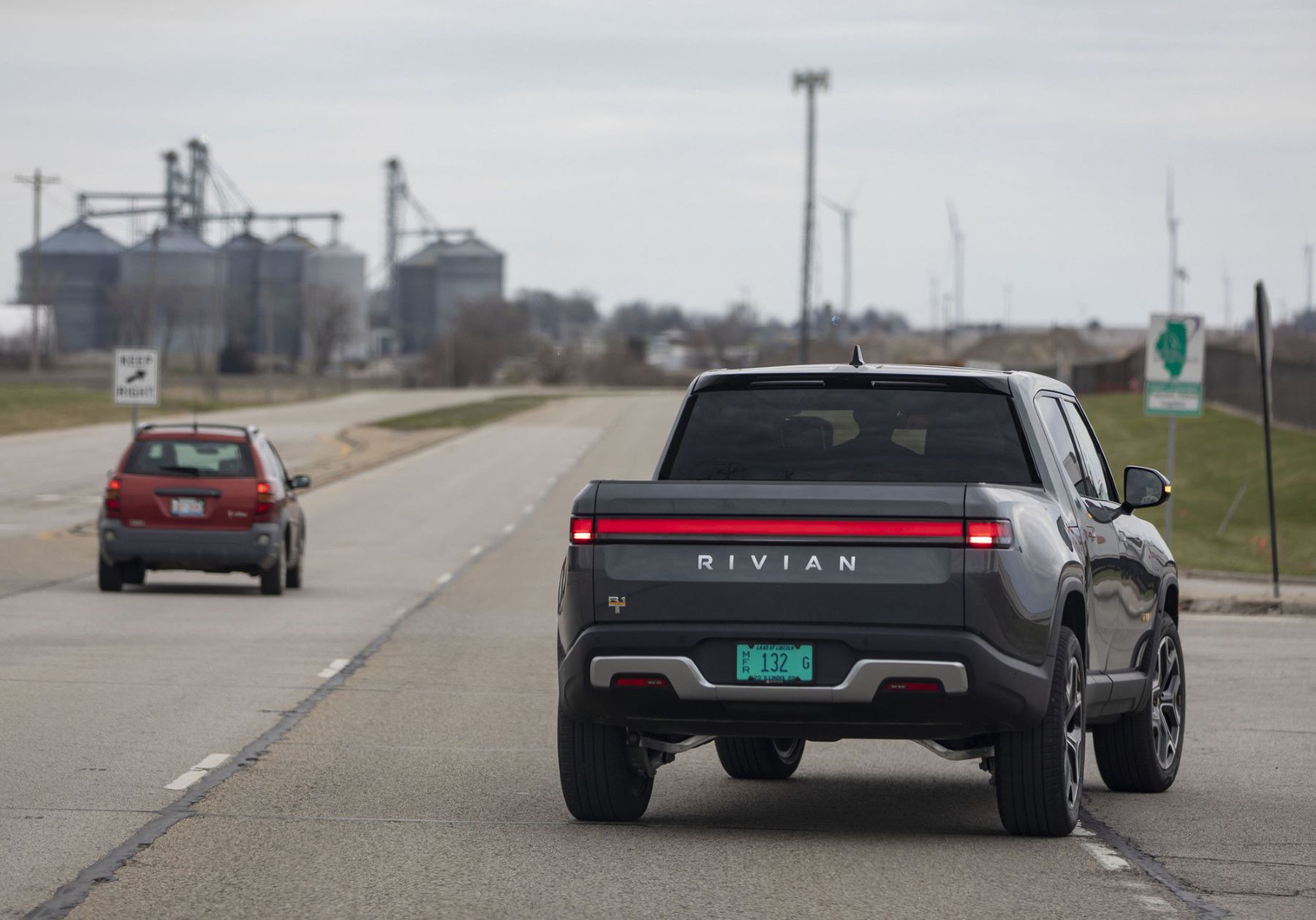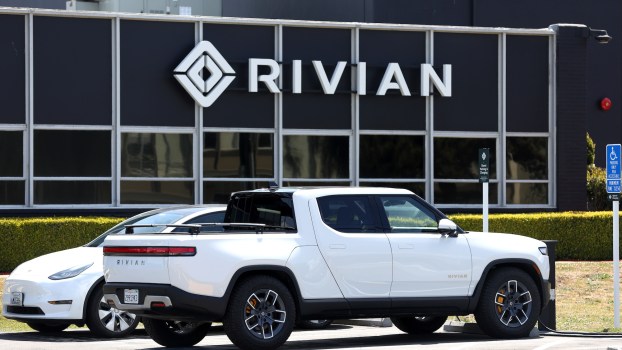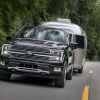
Owners and Experts Assert That the Rivian R1T Is Still Not Ready for Road Trips
For a long time, people have speculated what it would be like to go on long road trips with different EVs. You no longer have to wonder if you have a Rivian R1T. Here’s a look at the troubles that Rivian R1T owners face when taking their electric rides on road trips.
Problems with road trips in the Rivian R1T
Electric trucks and other EVs aren’t ready for regular road trips for three main reasons. One is the charging time. It takes significantly longer to charge an EV than to fill a gas tank, even with fast charging.
When tested by Car and Driver, earlier versions of the 2022 Rivian R1T took roughly 72 minutes to charge from 10% to 90%. Even with the over-the-air updates that improved charging times, users still have to wait about an hour. Also, sometimes queues at the charging stations are several cars long, which means extended wait times.
Another reason is the charging network. While charging station distribution and availability have improved over the last few years, it’s still nowhere near enough.
If you’re lucky, you’ll have one or two on your route. However, you’ll likely have to make a detour to get to a charging station. This could mean driving for 10 minutes or more in the wrong direction. You also have to drive back to your route an extra 10 minutes.
If there are no charging stations up ahead, you might need to stop and refill the battery even with plenty of range left to ensure you make it the rest of the way. Also, some chargers don’t work, and even if they do, they may not offer the best charging speeds.
Finally, the electric driving range is affected by the weather. Terrible weather means your range could be cut in half, and consequently, you won’t be able to make it to your destination.
Naturally, internal combustion engines struggle in the same conditions but don’t lose as much range. Also, you’re much more likely to encounter a random gas station than you are a charging station, making it less of a problem.
Other potential factors affecting electric vehicle road trip viability
There are other issues that make EVs problematic on road trips.
One example is that 30% of your vehicle’s maximum range is useless, according to Torque News. Most EV owners charge their cars from 10% to 80% to preserve battery health. Additionally, this is because charging speeds typically slow down significantly after 80% increasing the costs for those who are billed per minute. So, even if you charge it to 90%, it still means you never use 20% of your battery’s capacity.
Next, road trips mean you spend much of your driving time on highways rather than in the cities. With that, you lose regenerative braking benefits that often lead to higher fuel efficiency and more range. Also, the wind resistance from driving fast puts extra strain on the available range.
Finally, being on a road trip means you likely carried extra baggage with the extra weight, further reducing the range.
What do EVs need to be more viable for road trips?

Ultimately, the main reason electric vehicles are problematic for road trips is a lack of charging stations. If the infrastructure were to catch up, owners wouldn’t have to wait in line, reducing wait times.
Furthermore, detours to find charging stations would be unnecessary, and EV owners could wait until their batteries are low to recharge. Moreover, you wouldn’t have to worry about making it to a charging station even with a low battery.
Finally, improved charging speeds could reduce how long drivers wait at each charging station, making them more viable.



